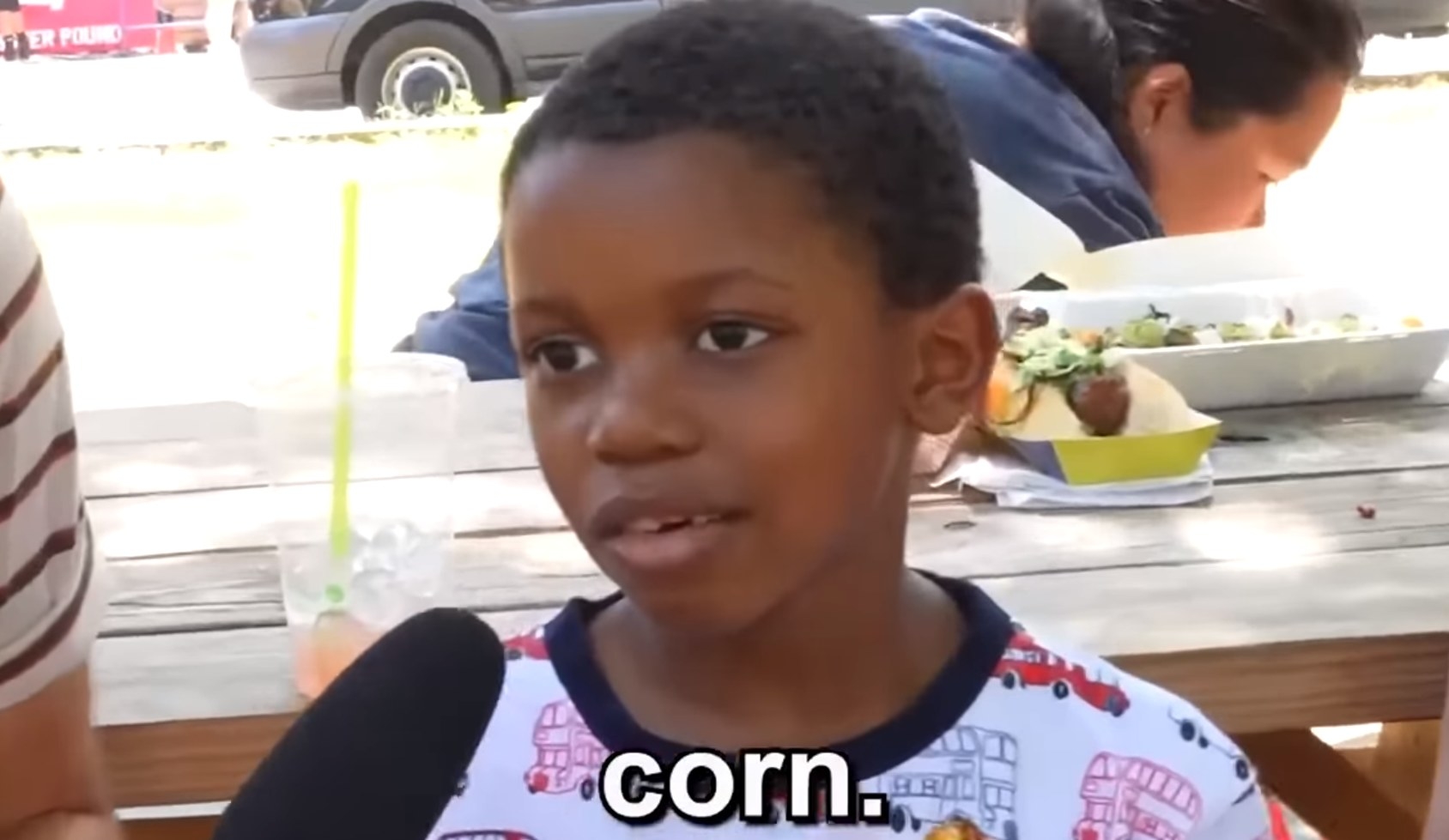Basically, there used to be a strain of banana called the Gros Michel. It was the banana everyone ate, and it contained a lot of isoamyl acetate. So, when the artificial flavoring for bananas was first created, scientists were sure to include plenty of isoamyl acetate. Around the mid-20th century, Panama disease wiped out the Gros Michel banana population. The banana industry is worth about $11 billion, so naturally, farmers weren’t going to give up on their livelihood. A new banana, the Cavendish, became the norm, and it’s still what we enjoy today. The Cavendish doesn’t taste much like the Gros Michel, and a big reason for that is lower levels of isoamyl acetate. So, next time you get some banana Runts, keep in mind that your taste buds are traveling back in time to experience a completely different banana. Bonus Banana Fact: They are technically berries! There’s a myth out there that carrots were bred to be orange by 17th-century Dutch farmers who wanted to honor their king, William of Orange. But according to John Stolarczyk, it’s just not true. Who is John Stolarczyk, you may wonder? Oh, just the curator of the World Carrot Museum. So, yeah. The thing to watch out for is high levels of cellulose. The FDA allows for 4%, but high levels of the stuff can lead to gas and bloating. Cellulose is high in fiber, so be sure to check that you’re not getting too much fiber from your cheese. Bonus Ketchup Fact: The original recipe for ketchup was a fermented paste of fish guts and soybeans. Titanium dioxide makes things whiter, and it’s a bit controversial as a food ingredient. While the FDA allows it, the International Agency for Research on Cancer has called titanium dioxide possibly carcinogenic. As of 2022, titanium dioxide is banned in the European Union. It gives things a shiny look, which is just what manufacturers need when selling new cars or delicious fruit snacks. But don’t think that Haribo is trying to pull the wool over your eyes. They list carnauba wax on their website as an ingredient. Red Skittles (the best flavor) contained carmine, a red dye made from the cochineal scale bug. The candy also contained shellac, which is a wax secreted by the Kerria lacca insect. But vegans rejoice, because as of 2009, Skittles are made without gelatin, carmine, or shellac (note that some special editions of the candy are not vegan-friendly, and it’s always a good idea to double-check the label). I know there’s a couch potato joke in here somewhere. Some believe that this is a food safety measure, with bacteria and viruses having a more difficult time growing in an alive animal than a dead one. But that’s not necessarily true. So, if you’re wondering why restaurants would serve them live, oyster expert Julie Qiu explains that fresh seafood simply tastes better: “[T]he actual taste and texture is going to be far superior when it’s a fresh oyster.” Let’s get into the specifics. To be a berry, it has to be a simple fruit coming from one flower with one ovary. The strawberry is derived from a flower with more than one ovary. A true berry also usually has several seeds. You may be thinking that a strawberry certainly fits the berry definition in having several seeds, but those specks on a strawberry aren’t seeds. They’re the actual tiny fruits of the strawberry, and each one contains its own seeds. So, the strawberry is known as an aggregate or multiple fruit, similar to a raspberry. Food (when sealed) usually goes bad because of moisture and bacteria. Honey is naturally low in moisture and too acidic for bacteria, so as long as it’s preserved, it’ll last you as long as you can resist eating it. It’s true that sugar can be harmful to your teeth, but something like caramel actually dissolves faster than a cracker. And if the crackers are in your teeth for long enough, the enzymes in your mouth will turn the starches to sugar anyway. This is why drinking water doesn’t help as much as you’d think it would when your mouth is on fire, because there’s no actual heat in your mouth. Milk is a solid choice because it contains casein, which breaks down the heat-causing capsaicin molecules.
